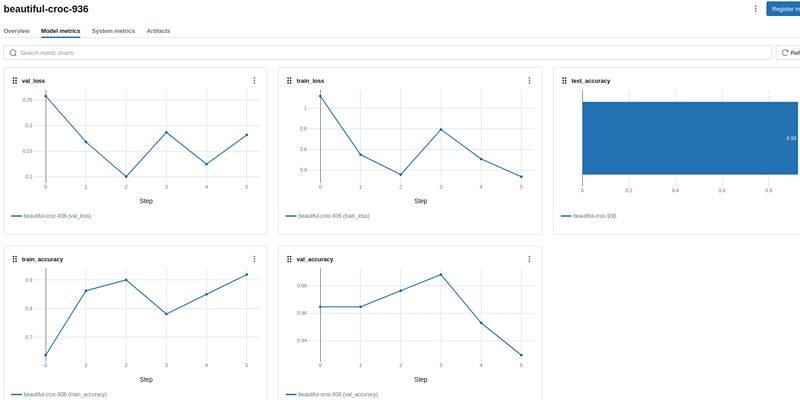Sentiment analysis is helpful in the analysis of the trend of opinions and the trend in the markets. This can be done with a very potent tool, which is readily available: text mining and sentiment analysis packages. It converts unstructured text of the review, social media post, or news into action. This guide provides an overview of the R sentiment analysis basics, configuration, and results analysis to enhance your decision-making, regardless of your programming background.
Understanding Sentiment Analysis Fundamentals
Sentiment analysis, also known as opinion mining, is the computational method of identifying and categorizing emotions, opinions, and attitudes expressed in text. The process typically involves determining whether a piece of text expresses positive, negative, or neutral sentiment; however, more sophisticated approaches can identify specific emotions, such as joy, anger, fear, or surprise.
Sentiment analysis is done in three primary ways, namely, lexicon-based methods, machine learning methods, and Hybrid methods. The methods based on lexicons are based on fixed dictionaries of words and their associated sentiment scores. In contrast, machine learning utilizes labeled datasets that are trained on fixed datasets to determine sentiment. To ensure the best accuracy, the hybrid methods integrate the two.
R is a great sentiment analysis tool since it supports a variety of lexicons, powerful statistical operations, and data visualization features, enabling you to have insight into your data on a granular and aggregate level. Its superiority in handling data and having a rich package system predisposes the use of the language in such kinds of analysis.
Setting Up Your R Environment

Before diving into sentiment analysis, you'll need to install and load the necessary R packages. The most frequently used sentiment analysis packages are tidytext, textdata, dplyr, ggplot2, and stringr. These packages form the basis for text processing, sentiment scoring, and data visualization.
The first step is to install the packages required using the install. packages() call. After that, put them into your R session with the library() function. The tidytext package is also of special concern since it can access sentiment lexicons and text mining functions, which can be readily interoperable with the tidyverse ecosystem.
You will also need to make sure that you have the proper formatting and properties of your text data, and make sure that they are clean before analyzing. This generally includes cleaning up special characters, discounting text, getting rid of the stop words, and finding solutions to any encoding problems that may compromise your findings.
Choosing the Right Sentiment Lexicon
In R, a variety of pre-built sentiment lexicons have their own applications and strengths. The three most commonly used lexicons include AFINN, Bing, and NRC, which can be accessed with the help of the textdata package.
The AFINN lexicon puts the score of the words within a range of negative to positive, with a score ranging between -5 and 5 representing negative and positive sentiment, respectively. This number strategy enables more effective analysis, and it is beneficial when quantifying the level of sentiment.
The Bing lexicon has a less tricky binary strategy, which differentiates words into positive and negative. This algorithm is effective when you want to be able to do a simple sentiment classification task easily, and you will face straightforward positive or negative classes that do not require scoring to deal with the intensity of those classes.
The NRC lexicon is the most effective in terms of correlation: it provides words with corresponding emotions, such as anger, anticipation, disgust, fear, joy, sadness, surprise, and trust. This is the best lexicon when you can comprehend not only the mood, but what exactly the emotions are being expressed.
Implementing Basic Sentiment Analysis
Once you've chosen your lexicon, implementing sentiment analysis in R follows a straightforward process. The first step is as follows: tokenize your text data, i.e., break it down into separate words or tokens. It is easy and effective with the help of the unnest_Tokens() function of the tidytext package.
Join your text data with your desired sentiment lexicon after tokenization using functions such as inner-join. The step is used to assign nominal scores or categories to the words in your dataset. Words that are not listed in the lexicon will not make the analysis, and thus, you should think about the breadth of your lexicon for your given area of analysis.
Sum the sentiment scores together to achieve aggregate sentiment scores in each document, customer review, or time period that you are analysing. Examples include the calculation of the average sentiment ratings, the number of positive and negative words in a text sample, or the prevailing emotion in a text sample.
Visualizing Sentiment Analysis Results

The visualization capabilities of R make it possible to create interesting charts and graphs that can simplify the process of understanding and taking action on sentiment analysis results. Plots as graphs: use ggplot2 to draw bar graphs indicative of the frequency of positive and negative emotional sentiments, line graphs indicative of longitudinal sentiment change, or word clouds indicative of the most frequently used emotional words.
One thought to consider is developing sentiment duration, where opinion evolves over a particular time frame, which can be pretty helpful in determining the effect of marketing campaigns, product introductions, or crisis communications. Sentiment patterns in dissimilar categories, time, or between clients can readily be displayed with the help of heatmaps.
With interactive visualizations, such as those created through Plotly, stakeholders can gain more insights from the data and make more informed decisions.
Advanced Techniques and Considerations
While fundamental sentiment analysis provides valuable insights, several advanced techniques can improve the accuracy and usefulness of your results. Consider implementing sentiment analysis at the sentence or paragraph level rather than just the word level, as this can provide more contextually accurate results.
Handle negations carefully, as words like "not," "never," and "don't" can completely reverse the sentiment of surrounding words. Some packages offer built-in negation handling, but you may need to implement custom solutions for your specific use case.
Take into consideration domain-specific language and terms. A generic sentiment lexicon may not be able to capture the nuances of particular professions, such as finance, healthcare, or technology. Have you thought of hiring your own lexicons or narrowing down or tweaking existing ones to suit your domain?
Turning Insights into Action
Sentiment analysis ultimately aims to inform decision-making and support better decisions. Apply your findings to either see trends, identify the upcoming issues early before they develop into giant problems, and learn the tastes of the customer on a large scale. Periodical monitoring of sentiments can also be used as a signalling system in the management of your reputation, and also as an indicator of the effectiveness of your communication strategies.
Develop automated reporting functions that will report to essential stakeholders on the trends in sentiment, and set specific indicators that will activate particular activity once the sentiment scores achieve specific levels. This dynamic strategy is used to ensure intuition is converted into real business practices.
Conclusion
Sentiment analysis in R transforms text into strategic insights. Be familiar with the fundamentals, select lexicons, and make use of methods to structure a strong system. Make it easy and simplify the techniques, and align the knowledge to business strategies. Integrate with other data sources to get profound knowledge. Consistent application and clear, actionable goals ensure ongoing value and success.












